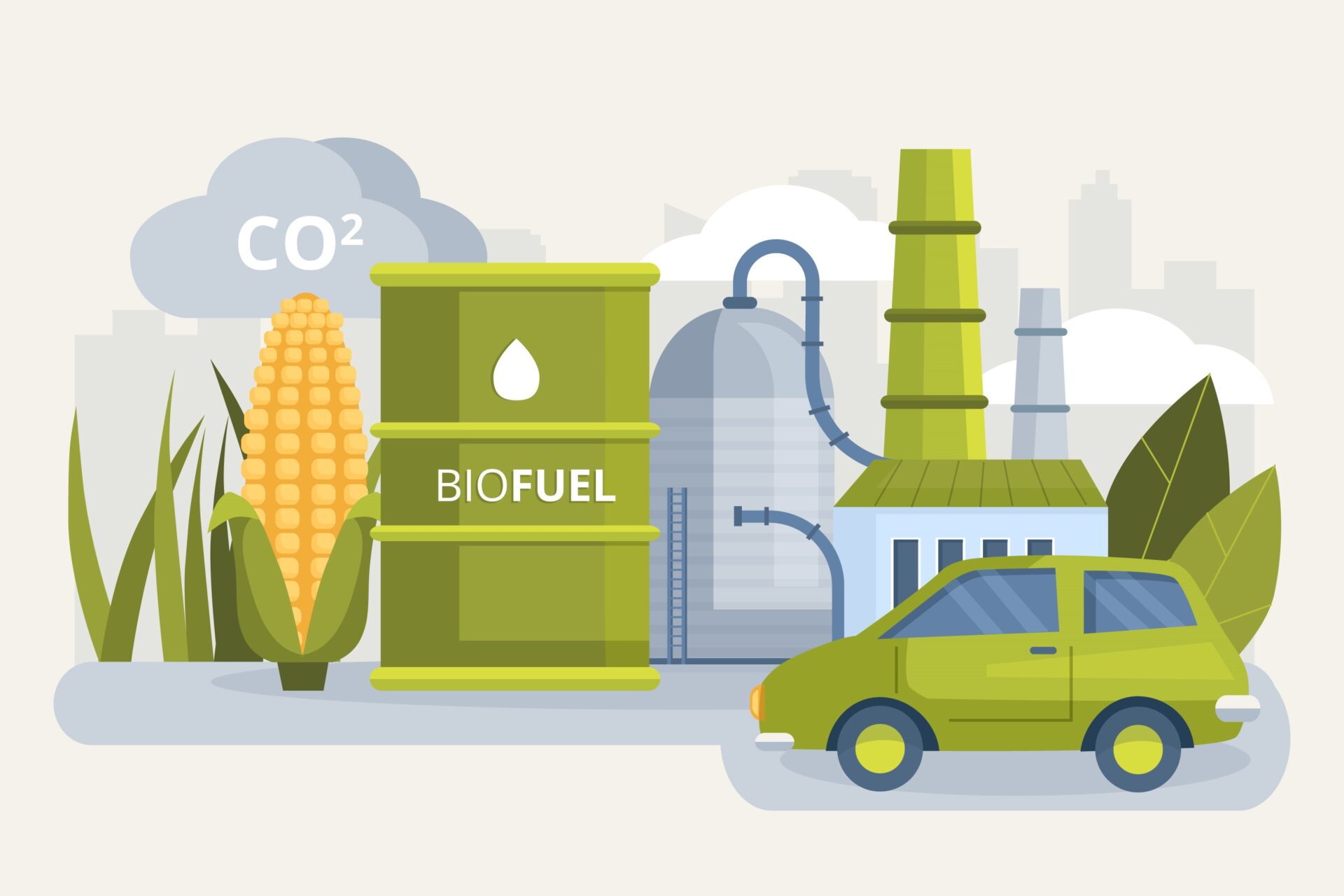As the globe enters a new era, clean and renewable energy sources are becoming more and more important. As the world concentrates on reducing carbon emissions and transitioning to a low-carbon economy, renewable energy sources like liquid biofuels and renewable gas are becoming more and more popular.
These technologies have been available for a long, but new technological developments have raised their efficacy and lowered their price.
In this post, we’ll discuss the most current technological advancements in renewable gas and liquid biofuels. Over the past ten years, liquid biofuels and renewable gas have advanced significantly.
These alternative energy sources are thought to be a feasible replacement for fossil fuels due to their ability to lower greenhouse gas emissions and improve energy security.
Liquid Biofuels
Liquid biofuels are produced from biomass, which can comprise a wide range of organic materials such as municipal trash, forestry waste, and agricultural waste. Biodiesel, ethanol, and biocrude are the three main kinds of liquid biofuels.
Biodiesel is a renewable diesel fuel manufactured from fats from plants or animals. By fermenting the carbohydrates from plants like corn and sugarcane, alcohol fuel known as ethanol is created. A liquid fuel made from biomass called biocrude can be transformed into different fuels for transportation.
One of the biggest issues with liquid biofuels is that they sometimes cost more to generate than fossil fuels. However, recent technological advancements have helped to reduce production costs and improve the productivity of the biofuel industry.
To better break down biomass, for instance, new enzymes and catalysts have been developed, which can reduce the amount of energy required for production. Additionally, new feedstocks like switchgrass and algae are being studied for their capacity to create biofuels more successfully and sustainably.
Another technological advancement in the field of liquid biofuels is the use of co-processing. Biofuels are combined with conventional fuels, such as gasoline or diesel, to form a hybrid fuel. Co-processing can help reduce the conventional fuels’ carbon footprint.
Conventional fuels’ carbon footprint can be decreased through co-processing, which also gives biofuels a market if they can’t be produced economically on their own.
Some notable technological advancements in liquid biofuels include the ones listed below:
New Enzymes and Catalysts
Liquid biofuels are created by the use of enzymes and catalysts. New enzymes and catalysts that can more efficiently break down biomass have recently been developed by scientists, reducing the amount of energy required for production. This has greatly reduced the cost of manufacturing liquid biofuels.
Improvements to the Feedstock
One issue with employing liquid biofuels is the dearth of readily available feedstocks. Despite the fact that some feedstocks, like corn, are widely utilized to produce biofuels, this may raise concerns about the security of the food supply. Scientists are currently investigating new feedstocks like switchgrass and algae, which produce more while using less land and water, to boost efficiency.
Sustainable Gas
Renewable gas, sometimes referred to as biogas or biomethane, is a gaseous fuel produced from organic materials such as food waste, animal manure, and wastewater. The majority of natural gas’s makeup is made up of methane, which is also its main component. Electricity can be produced, automobiles can be powered, and buildings can be heated with renewable gas.
One of the most important technological advancements in the field of renewable gas is the development of superior anaerobic digestion systems. Biogas is produced during the process of anaerobic digestion, which is the decomposition of organic material without the need of oxygen.
Modern anaerobic digestion systems use cutting-edge technology to increase the process’ efficiency and increase the generation of biogas, such as heat hydrolysis and membrane filtration.
Another technological advancement in the realm of renewable gas is the use of biomethane as an alternative fuel for vehicles. Biomethane can be compressed or liquefied, just as natural gas, and utilized as a vehicle fuel. The transportation industry, which makes a large contribution to global emissions, may profit from the reduction in greenhouse gas emissions.
The following technological advancements in renewable gas are noteworthy:
Modern Anaerobic Digestion Technologies
Biogas is created by the process of oxidizing organic material without the need of oxygen. Modern anaerobic digestion systems use cutting-edge technology to increase the process’ efficiency and increase the generation of biogas, such as heat hydrolysis and membrane filtration.
Biomethane as a Fuel for Transportation
Biomethane can be compressed or liquefied, just like natural gas, and utilized as a fuel for vehicles. This could help reduce greenhouse gas emissions from the transportation sector, which are a key global source of emissions.
Conclusion
Promising renewable energy sources that can aid in lowering greenhouse gas emissions and advancing energy security include liquid biofuels and renewable gas. Significant technological advancements in both areas over the past ten years have reduced production costs and increased the effectiveness of biofuel and renewable gas production. The availability of feedstocks and the scalability of production are two obstacles that must still be overcome. Despite these obstacles, liquid biofuels and renewable gas have a promising future and are likely to become more crucial as we move toward a low-carbon economy.


